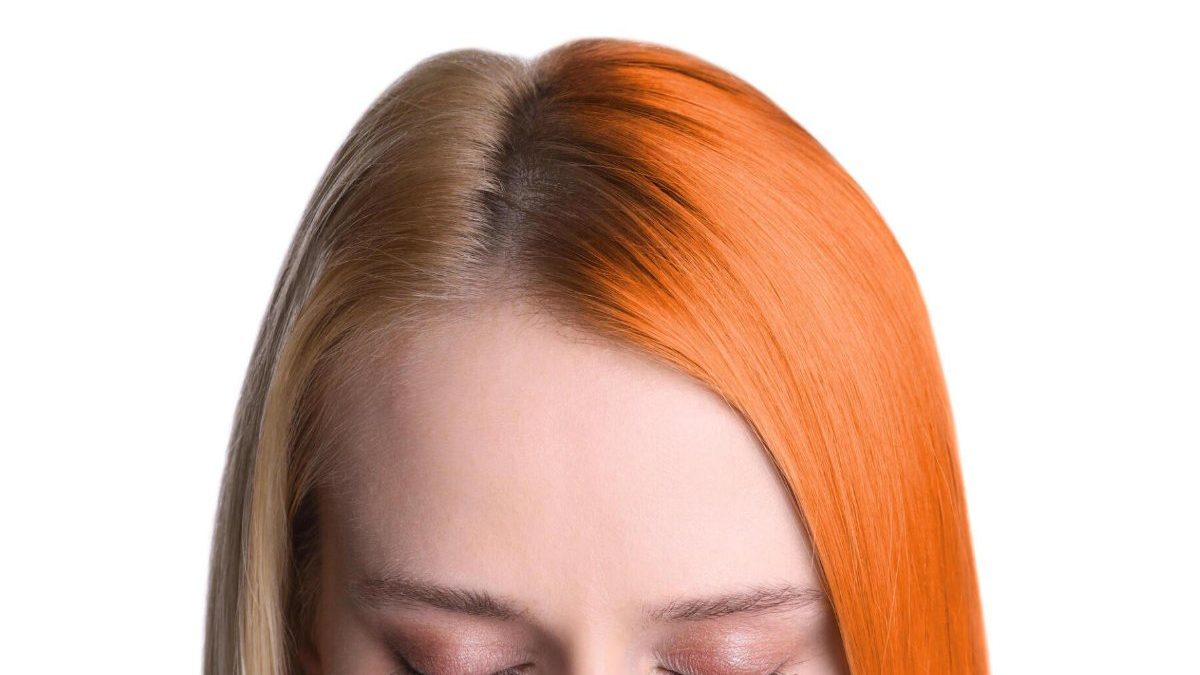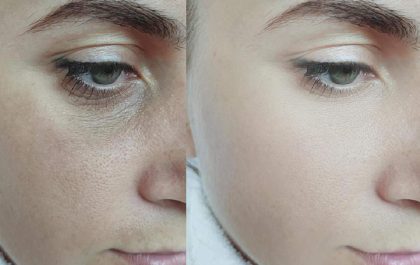Natural Hair Colour: Natural hair dyes contain plant-based elements rather than harsher chemicals. The pigments included in this post feature ingredients such as henna, rhubarb root, and indigo powder as alternatives to chemicals.
Coloring the hair is more mutual than some people may understand. A 2016 cross-sectional study estimates, for instance, that 50.9% of the population of Europe have dyed their hair at least once. Some dyes rely on solid chemicals, while others promote natural ingredients.
However, not all dyes branded “natural” are chemical-free. While some may not cover peroxide, ammonia, or sulfate, they still include other chemical additives. This article looks at three natural hair dyes on the market and considers their pros and cons.
Table of Contents
1. Earth Dye
Earth Dye claims that their hair dyes condition hair and restore its health, as well as coloring it.
Pros
According to Earth Dye, the dyes:
- Are 100% hypoallergenic
- Are plant-based and covers zero chemicals
- Are easy to use
- Work in 10–60 minutes
- Work on eyebrows, goatees, and beards
- Are safe to use throughout pregnancy or after chemotherapy
- Are vegan and have not remained tested on animals
- Are Leaping Bunny certified
- They also note that one dye pack may contain enough product for 20–30 root touch-ups, depending on the length of the hair.
Cons
According to Earth Dye, their crops can help hair grow faster. As a result, the hair may be essential more frequent root touch-ups. A person may also need to purchase field shampoo to help keep the color intact.
Also, EarthDye does not provide a color chart, as their dyes can only match or blacken a person’s natural color. For example, if a being has red hair, the red paint would enhance the color, or the person may decide to go shadier with brown or black dye.
Ingredients
These vary by creation, but as an example, the ingredients in the average oak brown dye include:
- Indigo (Indigofera tinctoria)
- Shikakai (Acacia concinna)
- Henna (Lawsonia inermis)
- Brahmi (Bacopa monnieri)
- Baheda (Terminalia bellirica)
- Bhringraj (Eclipta alba)
- Amla (Emblica officinalis)
- Light Elevation
Light Elevation offers some colors in their Natural and Color Gray! Ranges.
Cons
According to Light Mountain, their products:
- Contain organic ingredients
- Come in multiple shades, including reds, browns, chestnuts, and black
- Are Leaping Bunny certified
- Are gluten-free
Cons
- These products cannot ease dark hair.
- Covering hair that is more than 10% snowy, gray, or platinum blonde involves a two-step process.
Ingredients
The company uses four ingredients, and the number in each color pack depends on the product. These ingredients are:
- henna
- indigo
- senna leaf powder
- amla fruit powder
3. The Henna Guys
According to the Henna Guys, their colors are safe for persons with sensitive skin and scalps. Their paint comes from the leaves of a flowering plant, henna, which contain a red-orange color called lawsone. It is significant to note that the shade is permanent.
Cons
The Henna Guys state that their products:
- Come from 100% ordinary henna
- Are raw
- Are cruelty-free
- Are gluten-free
- Are free from substances and metallic salts
- Comprise 11 henna dyes that can syndicate to make more than 70 shades
- Are safe to use on beards
- Are ethically sourced
- Come with an application kit, counting gloves, and a shower cap
Cons
- With gray and chemically tinted hair, it may take more than one application for the henna to color properly.
- The products cannot ease dark hair.
- Some colors require a two-step process.
- The overall process may be complex for first-time users.
- Specific colors require 8–10 hours of application time.
- The products are not appropriate for use on eyebrows or eyelashes.
Ingredients
The ingredients vary by product. As an example, those in the shady brown dye include:
- Henna
- Indigo powder
- Amla (Phyllanthus emblica)
- False daisy (Eclipta alba)
- Neem (Azadirachta indica)
Conclusion:
What is natural hair color? Without getting too hairdresser, Natural Colours are single pigment Colours ranging from 1 (Darkest) to 10 (Lightest). The single color means they have no other reflection. So they are simply a single Colour such as Black, Light Blonde, etc.
Related posts
Featured Posts
The Impact of Military Service on Veterans’ Health: Addressing Concerns
Military service is a profound and selfless commitment that can leave a lasting impact on those who serve. According to…
Youthful Radiance: Exploring Stem Cell Enhanced Facelifts in Beverly Hills
Stem Cell Enhanced Facelifts: Welcome to the epicenter of beauty innovation, where science meets luxury in the heart of Southern…



